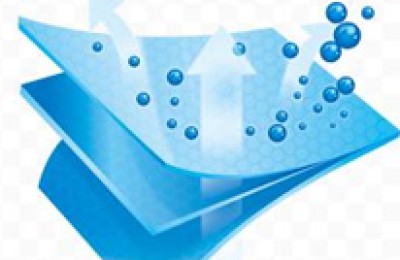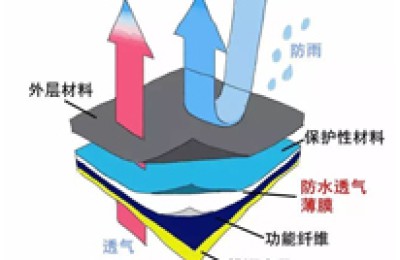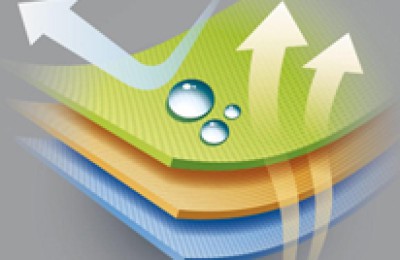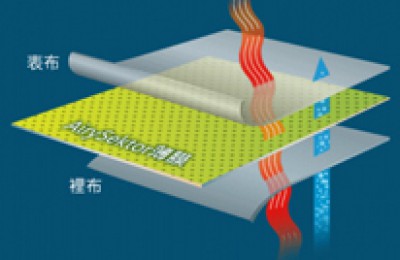The recent stock market has really ushered in a big dark horse, that is, Hanwang Technology. Although this company has nothing to do with textiles, the ChatGPT concept it promotes can now be said to be very popular! The so-called ChatGPT is a language model used for human-computer dialogue. It is one of the most cutting-edge research results in the field of NLP (natural language understanding technology).
How could the editor not join in the fun? I immediately tortured ChatGPT with several questions about the textile industry. Unexpectedly, it not only answered the crisis that the textile industry is currently facing, but at the same time, ChatGPT also gave opportunities for the textile industry in the current era!
The editor summarizes his answer: on the one hand, it is difficult to do foreign trade due to trade protectionism; on the other hand, rising costs have caused profits to be significantly compressed.
This answer truly exceeds my expectations for artificial intelligence. It can only be described in four words – so true!
Foreign trade is difficult to do now
Since the beginning of the new year, the editor has begun to conduct market research. Since the end of last year, confidence in the textile market has been rekindled. After going to work at the beginning of the new year, the editor believes that the mentality of bosses in this year’s market will be much more optimistic than in previous years, but In fact, this is not the case, especially among foreign trade bosses, who generally believe that foreign trade in the first half of this year may still be difficult to return to the heights of previous years.
As the saying goes: 30% domestic trade, 70% foreign trade. The failure of foreign trade to recover is a huge loss for the textile market, and the boss also gave the reason why foreign trade is difficult to recover: “In the three years of prevention and control, foreign customers have reached cooperation with companies in other regions. For a time, It’s hard to get it back.” Therefore, foreign trade may be difficult this year, but the road up the mountain is often hard, so there is no need to worry too much.
2
Rising costs
Since last year, the cannon of the Russia-Ukraine war has been fired, and crude oil has skyrocketed, coupled with production cuts on the supply side of crude oil, the price has been at a high level. This has also kept the cost side at a high level for the textile industry. As of the date of writing, Brent Crude oil was quoted at US$85.09/barrel, up US$1.4 on the previous trading day, and the rally in crude oil has continued for three days. Therefore, the trend of PTA is also expected to be warmer.
Although the PTA supply side has increased significantly, overall the cost side still has a certain supporting role. In addition, as usual, the demand for polyester filament from March to April is in the peak season in the first half of the year. Demand at home and abroad is increasing, and orders are gradually being placed in spring and summer. The boost in confidence will also support polyester prices to a certain extent. However, from a long-term perspective, polyester prices have risen and fallen, but overall they have remained high and stable. However, stability is the best news for weaving companies.
However, as mentioned above, ChatGPT not only told me where our crises are, but also where the opportunities are in the textile industry!
The future belongs to high technology and environmental protection
ChatGPT believes that the future development direction of the textile industry lies in high technology and environmental protection. As global attention to high technology and environmental protection continues to increase, the textile industry needs to transform to adapt to market changes. Textile companies should invest in research and development to develop high-tech and environmentally friendly products to meet consumer needs. Textile enterprises should adopt advanced production technology to improve production efficiency and reduce production costs to improve their competitiveness.
It is important to practice hard on internal strength
It also believes that the transformation of the textile industry should not be limited to high technology and environmental protection. The transformation of the textile industry requires comprehensive consideration and cannot be limited to one aspect. For example, textile companies can improve their competitiveness by expanding into new markets and developing new products. In addition, textile companies can also improve their overall strength by cultivating talents and improving management levels.
So old textile masters, do you think the future predicted by ChatGPT is accurate?
</p







